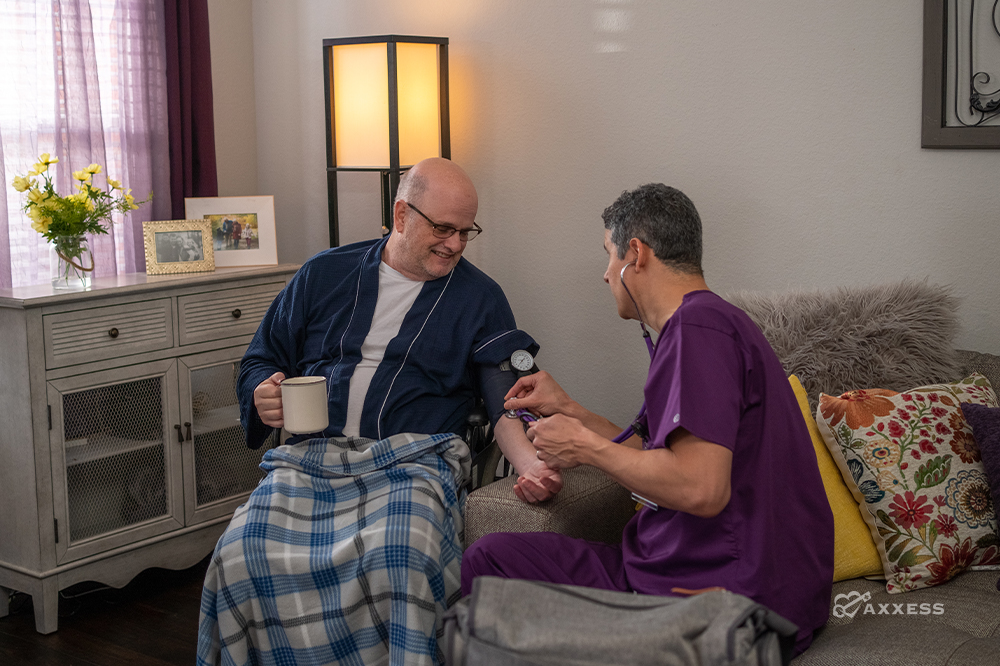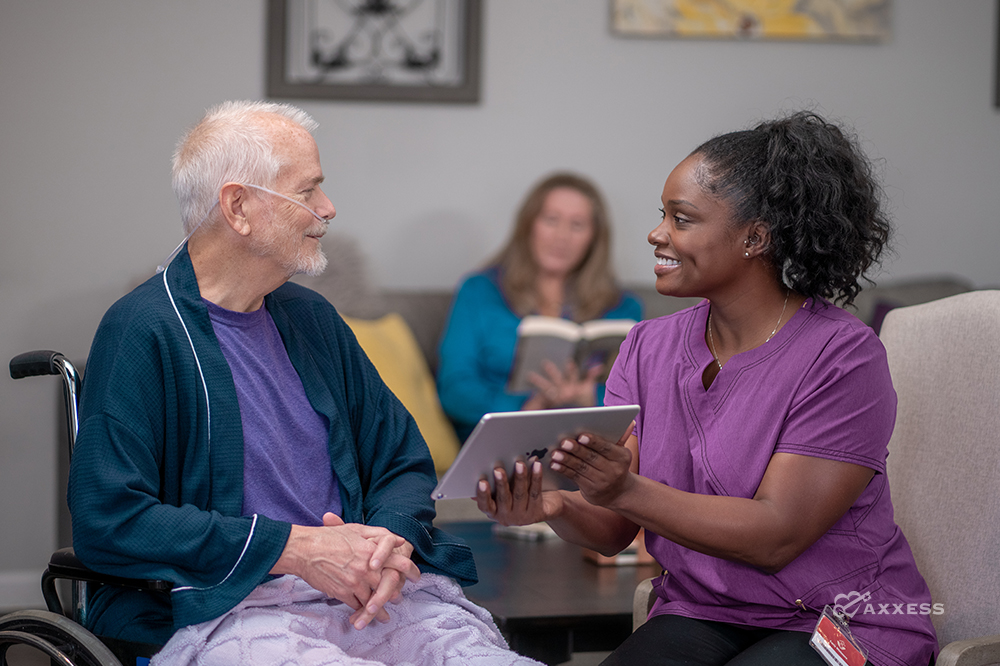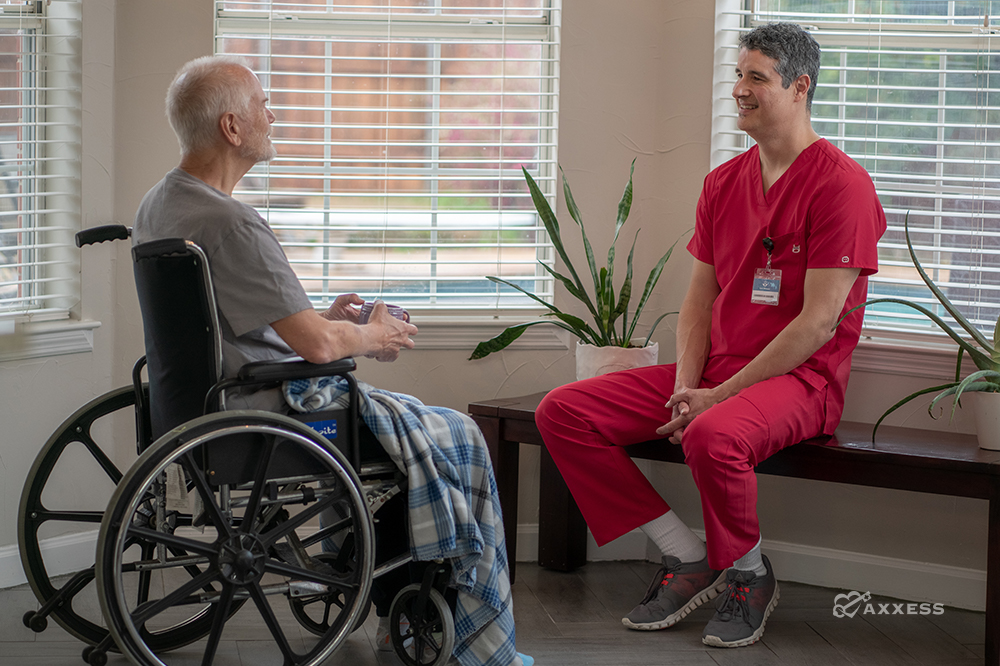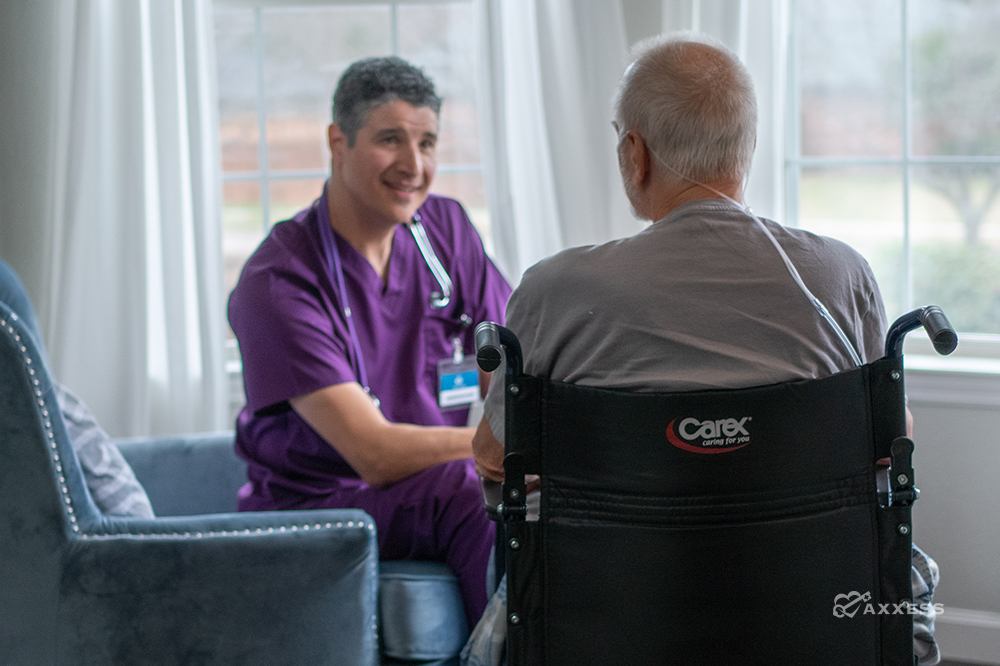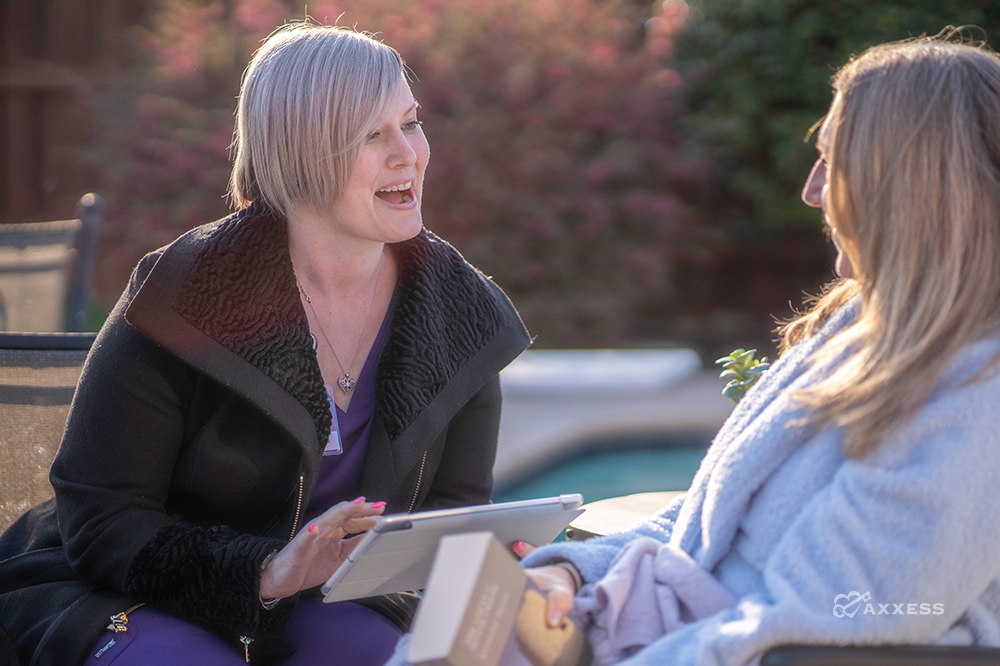When you think about customer service, hospice may not be the first image that comes to mind. However, providing hospice care requires a great deal of customer service aptitude from hospice professionals. While the interdisciplinary group (IDG) works together to ensure patients receive the right care at the right time,... Keep Reading
Under the Patient-Driven Groupings Model (PDGM), much of the data that impacts the Health Insurance Prospective Payment System (HIPPS) code and reimbursement - including episode timing, referral source, clinical group, and comorbidity - comes from claim information.
The other reimbursement variable, functional impairment level, continues to be derived from Outcome and... Keep Reading
There is a big push in the healthcare industry to get off paper transaction claims and switch to electronic data interchange (EDI) for claim submissions. In order to effectively bill claims to payers requiring electronic transactions, it’s important to find a software company that can support all specifications payers have... Keep Reading
The Medicare Administrative Contractors (MACs) Cigna Government Services (CGS) and National Government Services (NGS) have set hospice eligibility criteria for patients with cancer as their terminal diagnosis that include assessing the non-disease-specific criteria alongside the disease-specific criteria.
As with all diagnoses for hospice patients, ultimately the eligibility is determined by the... Keep Reading
As the aging population continues to grow, so does the need for caregiving services, with 90% of Americans wanting to stay in their homes as long as possible. As a society, we depend on family to provide support throughout our lives, which is why more than 44 million Americans serve... Keep Reading
I want to share my thoughts with you on how I feel about the future of healthcare and why we do what we do at Axxess.
I founded Axxess in 2007 because I believe deeply that the future of healthcare is in the home. And I believe that care in the... Keep Reading
As we learn to navigate life during the coronavirus pandemic, you may be wondering how home health care options have been impacted.
Are you a family caregiver who has utilized or is considering using in-home care?Are you considering moving your parents out of a senior living facility into your own home,... Keep Reading
Professionals in the home care industry are highly prone to employee burnout, with studies calculating the percentage of home care employee turnover at over 60%. However, a more recent study estimated the turnover rate to be around 80% for 2018. Burnout often starts with small "risk points" that grow over... Keep Reading
The Medicare Administrative Contractors (MACs) Cigna Government Services (CGS), National Government Services (NGS), and Palmetto set disease-specific criteria for eligibility for Human Immunodeficiency Virus (HIV) disease that include assessing the non-disease specific criteria alongside the disease-specific criteria.
As with all diagnoses for hospice patients, ultimately the eligibility is determined by the... Keep Reading
Private equity’s role has been rapidly expanding in the home care industry, reaching an all-time high in 2019. Over the course of the year, there were 600 healthcare-related private equity deals, at a cost of more than $450 billion. Experts project that there may be more than 750 private equity... Keep Reading
The Medicare Administrative Contractors (MACs) Cigna Government Services (CGS), National Government Services (NGS), and Palmetto set disease-specific eligibility criteria for Alzheimer’s Disease and related disorders that include assessing the non-disease specific criteria alongside the disease-specific criteria.
With Alzheimer’s Disease and other related dementia diagnoses, the determination of a six-month prognosis can... Keep Reading
Under PDGM, there will be more instances of Significant Change in Condition (SCIC) assessments than seen under the previous prospective payment system. These instances include RFA-5 Other Follow-Up assessment. A SCIC adjustment occurs when a patient experiences a major decline or improvement in condition (as defined by the agency) without... Keep Reading



